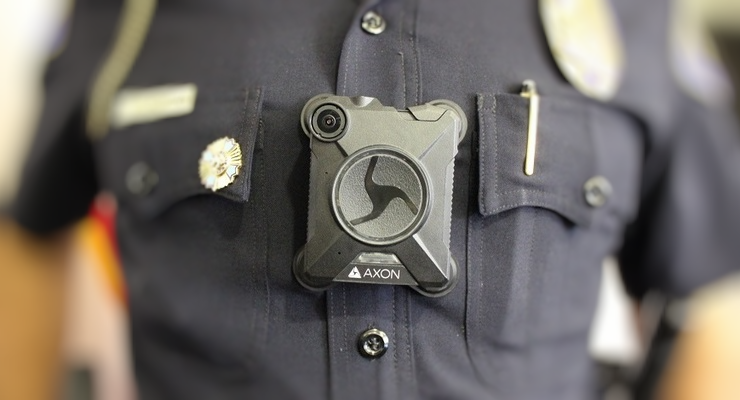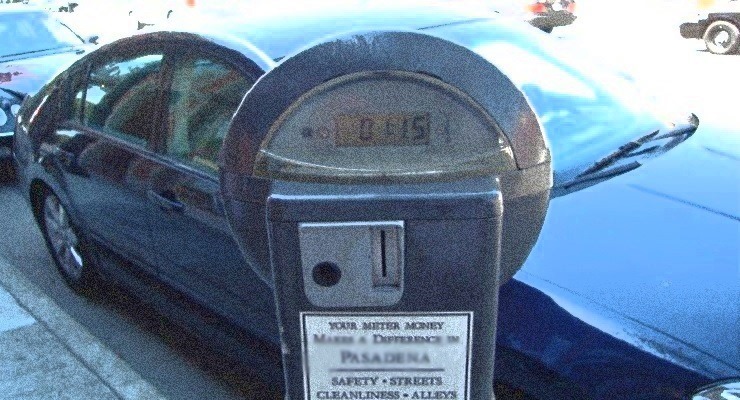
As people across the planet slept over the weekend, scientists at the Jet Propulsion Laboratory in Pasadena were awake receiving data from a global network of contacts who were monitoring an asteroid as big as a boulder, as it entered Earth’s atmosphere Saturday, and disintegrated in a bright explosion in the night sky over Botswana, Africa.
The asteroid, designated as 2018 LA and estimated to be about six feet or two meters across, was first discovered Saturday morning by NASA-funded Catalina Sky Survey, located near Tucson and operated by the University of Arizona. It appeared as a streak in the series of time-exposure images taken by the Catalina telescope.
As is the case for all asteroid-hunting projects, the data were quickly sent to the Minor Planet Center in Cambridge, Massachusetts, which calculated a preliminary trajectory indicating the possibility of an Earth impact.
The data were in turn sent to the Center for Near-Earth Object Studies (CNEOS) at JPL, where the automated Scout system found a high probability that the asteroid was on an impact trajectory, with impact just a few hours away.
From JPL, automated alerts were sent out to the community of asteroid observers to obtain further observations and to the Planetary Defense Coordination Office at NASA Headquarters in Washington, D.C.
Because the asteroid was so small and expected to be harmless, NASA did not issue any further impact alerts after the first one.
When it was first detected, the asteroid was nearly as far away as the Moon’s orbit, although that was not initially known, as a JPL news release Sunday showed.
With not enough tracking data to make precise predictions ahead of time, JPL and the other NASA facilities calculated a swath of possible locations stretching from Southern Africa, across the Indian Ocean, and onto New Guinea.
At about 6:44 p.m. in Botswana, Africa, observers reported a huge fireball in the night sky. This matched up with the predicted trajectory for the asteroid.
Hours later, scientists determined 2018 LA entered Earth’s atmosphere at the high speed of 10 miles per second or 38,000 mph, at about 16:44 UTC, 9:44 a.m. Pacific, 12:44 p.m. Eastern. They said the asteroid disintegrated several miles above the surface. The event was witnessed by a number of observers and was caught on webcam video.
“This was a much smaller object than we are tasked to detect and warn about,” said Lindley Johnson, Planetary Defense Officer at NASA Headquarters. “However, this real-world event allows us to exercise our capabilities and gives some confidence our impact prediction models are adequate to respond to the potential impact of a larger object.”
JPL said the ATLAS asteroid survey (ATLAS stands for Asteroid Terrestrial-impact Last Alert System, an asteroid impact early warning system being developed by the University of Hawaii and funded by NASA) obtained two additional observations hours before impact, which were used by Scout to confirm the impact would occur, and narrowed down the predicted location to southern Africa.
Infrasound data collected just after the impact clearly detected the event from one of the listening stations deployed as part of the International Monitoring System of the Comprehensive Nuclear-Test-Ban Treaty. The signal is consistent with an atmospheric impact over Botswana.
“The discovery of asteroid 2018 LA is only the third time that an asteroid has been discovered to be on an impact trajectory,” said Paul Chodas, manager of the Center for Near-Earth Object Studies (CNEOS) at JPL.”It is also only the second time that the impact location was predicted well ahead of the event itself.”
The first event of this kind was the impact of asteroid 2008 TC3, which lit up the predawn sky above Northern Sudan on October 7, 2008. That was a slightly larger asteroid (about 13 feet across in size), and it was discovered a full 19 hours before impact, allowing for a large number of follow-up observations and a very precise trajectory to be calculated.
The second predicted impact event was for asteroid 2014 AA, which was discovered only a few hours before impact on Jan. 1, 2014, in the Atlantic Ocean, leaving too little time for follow-up observations.
The Catalina Sky Survey was responsible for discovering all three of these small asteroids on impact trajectories, and all on the watch of the same observer, Richard Kowalski, the JPL news release said.
NASA’s Planetary Defense Coordination Office is responsible for finding, tracking and characterizing potentially hazardous asteroids and comets coming near Earth, issuing warnings about possible impacts, and assisting coordination of U.S. government response planning, should there be an actual impact threat.
JPL hosts the Center for Near-Earth Object Studies for NASA’s Near-Earth Object Observations Program, an element of the Planetary Defense Coordination Office within the agency’s Science Mission Directorate.
For more information about NASA’s Planetary Defense Coordination Office, visit www.nasa.gov/planetarydefense.
To learn more about asteroids and near-Earth objects, visit www.cneos.jpl.nasa.gov.
















